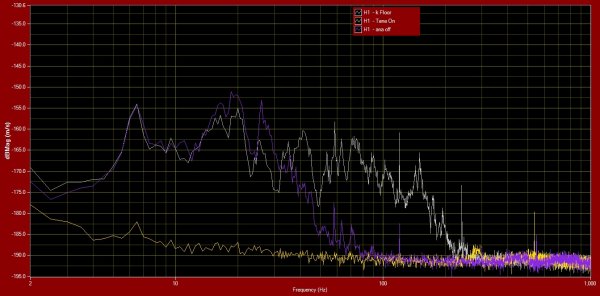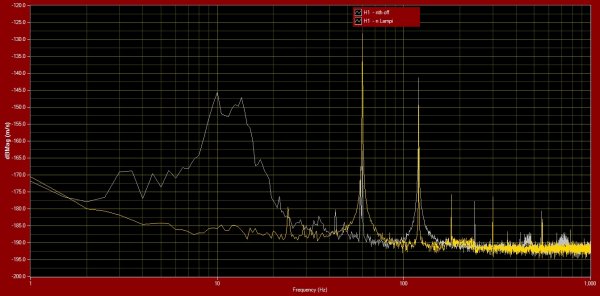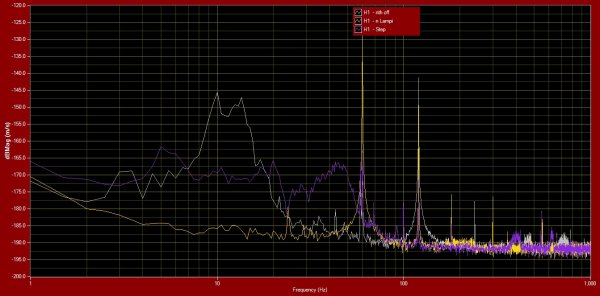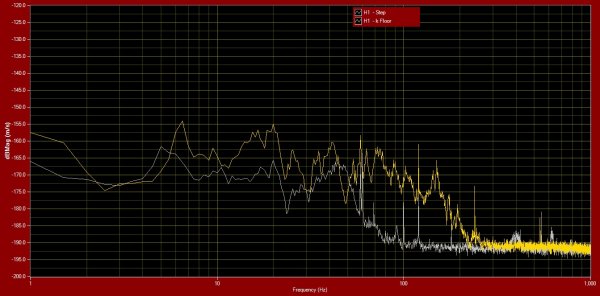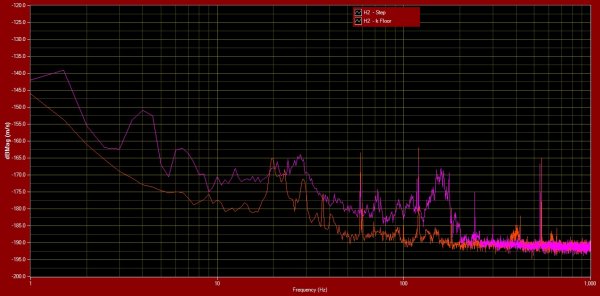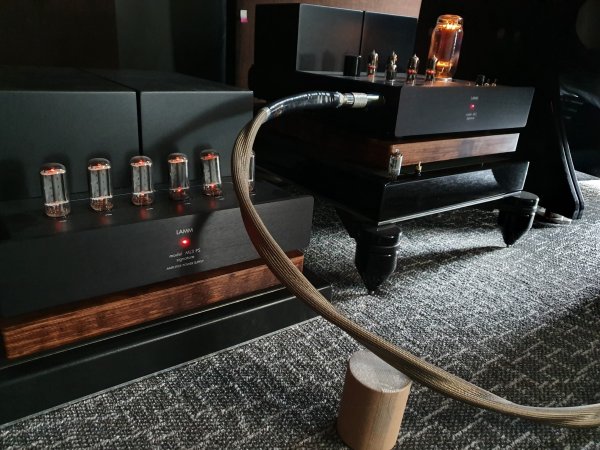The ball bearing footers we have are much more sophisticated than ball in cup, have very good reviews in the last 6 months, and IMHO sound pretty good because of the job they do in the medium and high frequency ranges.
I need to get hold of some decent spikes for another comparison of passive, spiked to floor and active.
The difference between active on and off is huge, but as we know from rockitman's experience, medium and high frequency can damagingly dominate and overwhelm the benefits of good low frequency control
Can we know what are those ball bearing footers? As long as you are using them as a the only reference for your graphs we need to know what is the "base line".



